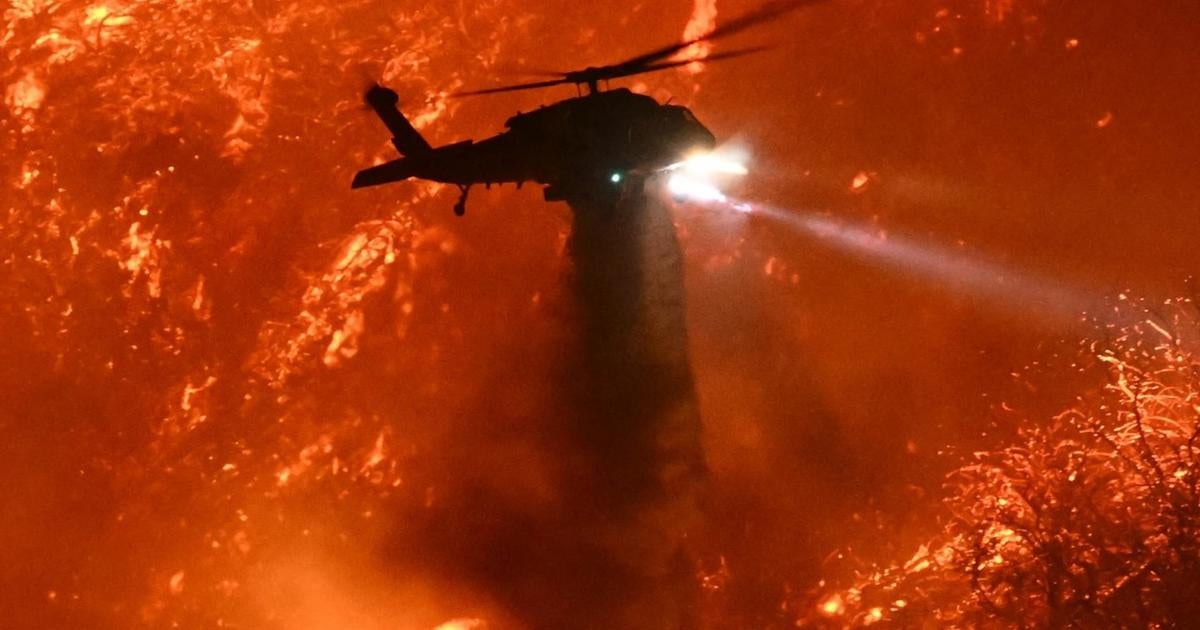Wildfire Preparedness in L.A.: A Critical Assessment
As wildfire season approaches, the city of Los Angeles finds itself once again under intense scrutiny regarding its readiness to face what has become an annual crisis. The devastating fires of recent years have raised questions not only about the effectiveness of current measures but also about the strategies employed by local officials to protect the lives and properties of its residents. In this article, we’ll delve into the aspects of wildfire preparedness in L.A., exploring the measures in place, the challenges faced, and the community’s response to the looming threat.
Understanding the Wildfire Threat in Los Angeles
Los Angeles is no stranger to wildfires. The city’s unique geography—characterized by steep hills, dry vegetation, and a Mediterranean climate—creates a perfect storm for fire risks. During the hot, dry months, especially from late summer to early fall, the threat intensifies. Recent years have seen catastrophic events like the devastating Woolsey Fire in 2018 and the Creek Fire in 2020, which destroyed thousands of homes and caused widespread evacuations.
The need for effective wildfire preparedness in L.A. is more pressing than ever. With climate change exacerbating weather conditions, fire seasons are becoming longer and more severe. The community is left questioning whether current strategies are adequate to protect residents and their homes.
Current Preparedness Measures: Are They Enough?
The city of Los Angeles has implemented various strategies to combat wildfires, focusing on prevention, mitigation, and response. Here are some key initiatives:
- Vegetation Management: The Los Angeles Fire Department (LAFD) engages in extensive brush clearance programs. This involves removing excess vegetation in high-risk areas to create defensible space around properties.
- Firebreaks: Construction of firebreaks aims to slow the spread of fires. These are strategically placed to interrupt fuel continuity and give firefighters a better chance to control wildfires.
- Public Awareness Campaigns: The city conducts educational campaigns aimed at informing residents about wildfire risks and encouraging them to create emergency plans and kits.
- Evacuation Plans: L.A. has developed detailed evacuation plans for high-risk areas, ensuring that residents know where to go and what to do in case of an emergency.
- Technology Integration: The use of advanced technologies, such as drones and satellite imagery, helps officials monitor fire risks and respond more effectively.
Despite these measures, many community members feel that more needs to be done. The sheer scale of recent fires has led to a sense of vulnerability, prompting questions about the adequacy of current policies and the readiness of officials to respond swiftly to crises.
Challenges in Wildfire Preparedness
The challenges faced by officials in preparing for wildfires are numerous and complex:
- Funding Constraints: Budget limitations can hinder the implementation of comprehensive wildfire management strategies. While some initiatives receive funding, many programs remain under-resourced.
- Urban Development: Increasing urbanization encroaches on wildland areas, heightening the risk of wildfires impacting homes and communities.
- Climate Change: The ongoing effects of climate change are leading to hotter and drier conditions, creating an environment where wildfires can thrive.
- Community Engagement: Engaging the community in preparedness efforts is crucial. However, varying levels of awareness and concern can complicate these efforts.
Community Response and Involvement
In light of the growing threat, community involvement has emerged as a pivotal aspect of wildfire preparedness. Many residents are taking their safety into their own hands by participating in local initiatives:
- Neighborhood Watch Programs: Residents are forming groups to monitor fire risks and communicate effectively with each other during emergencies.
- Fire Safety Workshops: Local organizations host workshops to educate citizens on creating defensible spaces, emergency kits, and evacuation plans.
- Volunteering with Local Fire Departments: Many community members volunteer their time to assist fire departments in vegetation management and public awareness campaigns.
Such grassroots efforts not only empower individuals but also foster a sense of solidarity among residents, making the community more resilient in the face of impending disasters.
Looking Ahead: Is Los Angeles Ready for the Next Crisis?
As we look toward the future, the question remains: are officials truly ready for the next wildfire crisis? While steps have been taken to bolster preparedness, ongoing evaluation and adaptation are crucial. Here are some recommendations for enhancing wildfire preparedness in L.A.:
- Increase Funding for Fire Management: Allocating more resources toward wildfire prevention and response initiatives is essential to enhance current capabilities.
- Strengthen Community Engagement: Building stronger partnerships between local governments and residents can lead to more effective preparedness strategies.
- Invest in Technology: Utilizing cutting-edge technology for fire monitoring and early warning systems can greatly improve response times and situational awareness.
- Promote Sustainable Land Use Practices: Encouraging sustainable development practices can mitigate the risks associated with urban encroachment into wildland areas.
By focusing on these areas, Los Angeles can build a more robust wildfire preparedness framework, ensuring that when the next fire season arrives, both officials and residents are ready to face the challenges ahead.
Conclusion
Wildfire preparedness in L.A. is a multifaceted issue that requires collaboration among officials, community members, and experts. While significant strides have been made in recent years, the ever-evolving nature of wildfire threats necessitates ongoing vigilance and adaptation. With the right strategies and community involvement, Los Angeles can enhance its resilience against wildfires, ultimately protecting its residents and their homes.
As we move through another wildfire season, the focus must remain on proactive measures, fostering a culture of preparedness, and ensuring that everyone is equipped to face whatever challenges lie ahead.
See more Your Daily Weather



